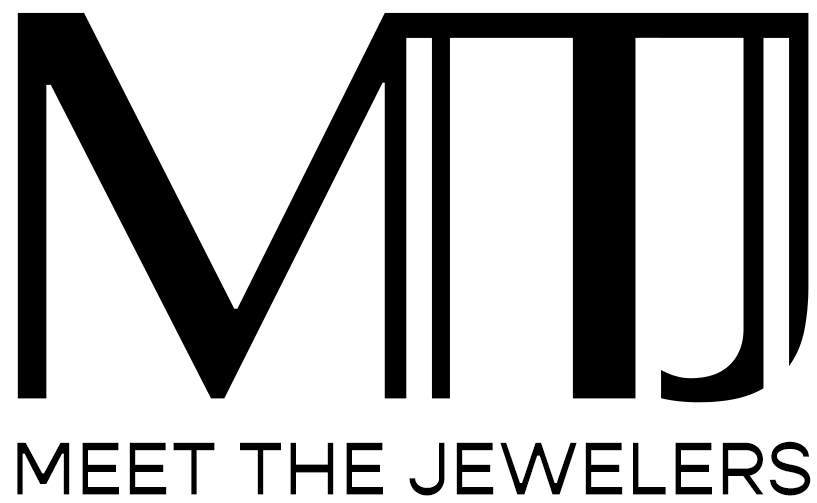Silver: Don’t Call It A Comeback
There’s more than meets the eye when it comes to jewelry. Get the big picture with our long-form deep dives into the ever-changing, everlasting jewelry biz.
Image Source: @johnatencio
This metal’s been precious for 7,021 years!
Have you noticed a resurgence of sterling lately, adorning celebs and influencers in your feed? We sure have. The precious white metal had its most recent heyday in the early aughts, and it's back with an on-trend vengeance, threatening to bump gold from the top-tier metal spot. But the past twenty years don’t even begin to encompass humanity’s history with silver. To understand that, we need to start thousands of years ago, around 5,000 B.C. (cue the wipe transition).
Silver is a naturally occurring element (represented by the letters Ag, atomic number 47, on the periodic table). First discovered by prehistoric people more than 7,000 years ago, by 3,000 B.C. it was already being mined at a large scale in Turkey and Greece for exchange use in the first ancient city states. By 1,600 B.C. in Egypt, silver had become a currency with a constant value. The ancient Egyptians were perhaps the first to also turn silver into a matter of taste—while King Tut had a famously all-gold tomb, others opted to be surrounded by the lighter, whiter metal instead.
But it was really in ancient Rome that silver jewelry skyrocketed to popularity. Surviving relics include everything from rings to anklets to even hair ornaments, and so many silver Roman coins survive to this day that they can be purchased and worn as everyday jewelry.
Alexander Drake “The Rebel” necklace in 18k gold with silver Denarius coin, $1,895 at Alexander Drake
A. Michelsen Scandinavian Modern Sterling silver necklace, $1,332.78 at 1stDibs
During the medieval era, we have the Viking conquest to thank for spreading silver to Scandinavia, where silversmithing and jewelry-making still uphold the tradition today. This is also when sterling silver, an alloy of 92.5% pure silver and 7.5% copper, came into popularity, making it possible for the super-soft metal to retain shape and delicate decorations. Developing trade routes also allowed for a developing middle class—one without the budget for gold ornaments, but with the funds for more affordable silver.
The metal’s popularity peaked again during the Renaissance and Baroque eras, after massive amounts of silver were discovered in 1546 in what is now Mexico. Still precious, but now more readily available, abundance made it a more affordable jewelry option for more people. For the first time, jewelers also began using silver to make watches, and setting silver with diamonds.
There’s one last trend to thank for the way we wear silver, even today: the Arts & Crafts movement of the Victorian era. As jewelry manufacturing became industrialized and moved away from the fine art it had been, this movement sought to reinstate the importance of design over the worth of materials. Silver became the metal du jour, wrought in increasingly complex pieces.
With a story that spans centuries and civilizations, it’s hard not to feel inspired to polish up any pieces tarnishing in a jewelry box. Or treat yourself to something new. Afterall, if it’s good enough for Roman emperors, Egyptian pharaohs, Queen Victoria, and Rihanna...
Editor: Samantha Durbin
Wordsmith: Rebecca Daly
Every item featured is personally selected by our writers and editors (read: we're totally into it). Please know that when you buy through our links, we may earn an affiliate commission (read: we get to keep doing what we love).






